Pulses of light from infrared lasers can speed up computer operations by a factor of 1 million, and may have opened the door to room-temperature quantum computing.
Category: quantum physics – Page 791

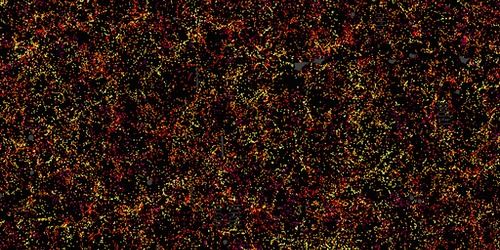
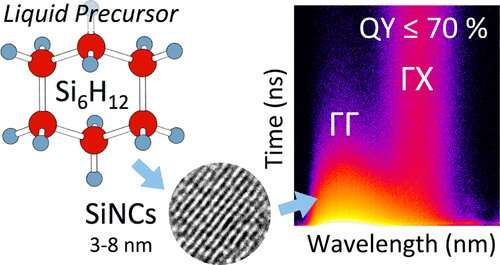
Researchers synthesize silicon-based quantum dots
NDSU researchers recently developed a new method of creating quantum dots made of silicon. Quantum dots, or nanocrystals, are tiny nanometer-scale pieces of semiconductor that emit light when their electrons are exposed to UV light. The most common application of quantum dots is in QLED displays. Through their use, digital displays have become brighter and much thinner, resulting in improvements to television and, potentially, cell-phone technology.
Because silicon is abundant and nontoxic, silicon quantum dots have unique technological appeal. Silicon quantum dots are currently being used for applications such as windows that remain transparent while serving as active photovoltaic collectors of energy, and they hold promise in medicine where quantum dots are coated with organic molecules to create nontoxic fluorescent biomarkers.
While traditional methods for creating silicon quantum dots require dangerous materials such as silicon tetrahydride (silane) gas or hydrofluoric acid, the NDSU team’s research uses a liquid form of silicon to make the tiny particles at room temperature using relatively benign components.
Quantum recurrence: Everything goes back to the way it was
It is one of the most astonishing results of physics: when a complex system is left alone, it will return to its initial state with almost perfect precision. Gas particles, for example, chaotically swirling around in a container, will return almost exactly to their starting positions after some time. This “Poincaré Recurrence Theorem” is the foundation of modern chaos theory. For decades, scientists have investigated how this theorem can be applied to the world of quantum physics. Now, researchers at TU Wien (Vienna) have successfully demonstrated a kind of “Poincaré recurrence” in a multi-particle quantum system. The results have been published in the journal Science.
An Old Question, Revisited
At the end of the 19th century, the French scientist Henri Poincaré studied systems which cannot be fully analysed with perfect precision — for example solar systems consisting of many planets and asteroids, or gas particles, which keep bumping into each other. His surprising result: every state which is physically possible will be occupied by the system at some point — at least to a very good degree of approximation. If we just wait long enough, at some point all planets will form a straight line, just by coincidence. The gas particles in a box will create interesting patterns, or go back to the state in which they were when the experiment started.

Conditional teleportation of quantum-dot spin states
Among the different platforms for quantum information processing, individual electron spins in semiconductor quantum dots stand out for their long coherence times and potential for scalable fabrication. The past years have witnessed substantial progress in the capabilities of spin qubits. However, coupling between distant electron spins, which is required for quantum error correction, presents a challenge, and this goal remains the focus of intense research. Quantum teleportation is a canonical method to transmit qubit states, but it has not been implemented in quantum-dot spin qubits. Here, we present evidence for quantum teleportation of electron spin qubits in semiconductor quantum dots. Although we have not performed quantum state tomography to definitively assess the teleportation fidelity, our data are consistent with conditional teleportation of spin eigenstates, entanglement swapping, and gate teleportation. Such evidence for all-matter spin-state teleportation underscores the capabilities of exchange-coupled spin qubits for quantum-information transfer.
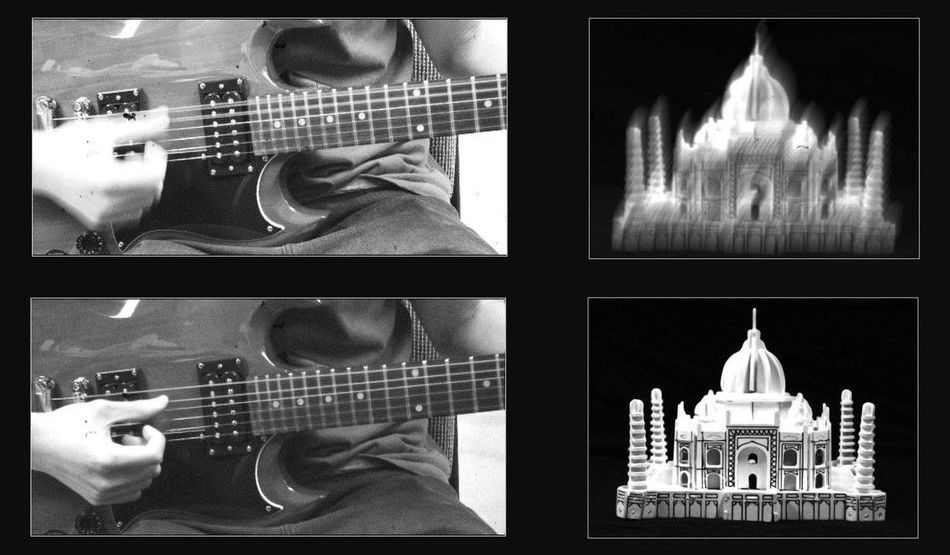
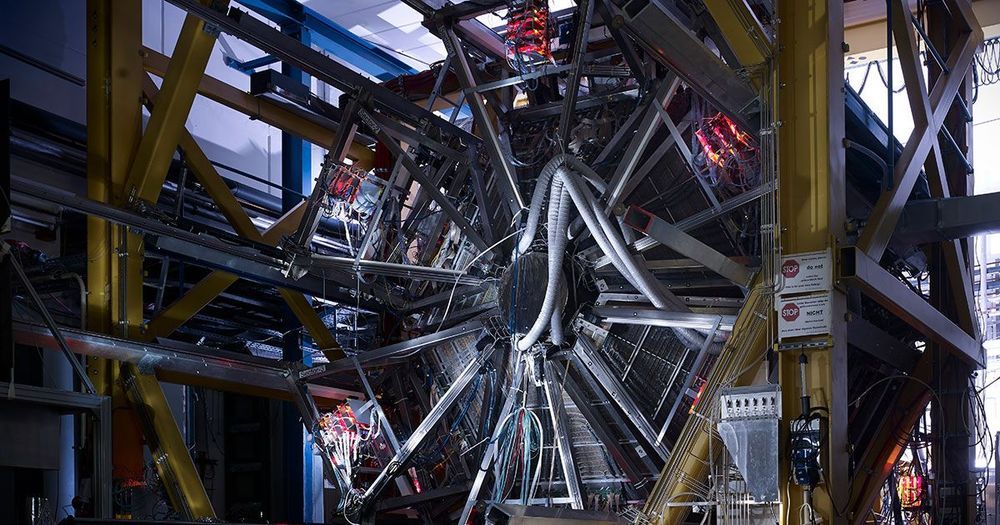
Physicists Peer Inside a Fireball of Quantum Matter
A gold wedding band will melt at around 1,000 degrees Celsius and vaporize at about 2,800 degrees, but these changes are just the beginning of what can happen to matter. Crank up the temperature to trillions of degrees, and particles deep inside the atoms start to shift into new, non-atomic configurations. Physicists seek to map out these exotic states — which probably occurred during the Big Bang, and are believed to arise in neutron star collisions and powerful cosmic ray impacts — for the insight they provide into the cosmos’s most intense moments.
Now an experiment in Germany called the High Acceptance DiElectron Spectrometer (HADES) has put a new point on that map.
For decades, experimentalists have used powerful colliders to crush gold and other atoms so tightly that the elementary particles inside their protons and neutrons, called quarks, start to tug on their new neighbors or (in other cases) fly free altogether. But because these phases of so-called “quark matter” are impenetrable to most particles, researchers have studied only their aftermath. Now, though, by detecting particles emitted by the collision’s fireball itself, the HADES collaboration has gotten a more direct glimpse of the kind of quark matter thought to fill the cores of merging neutron stars.
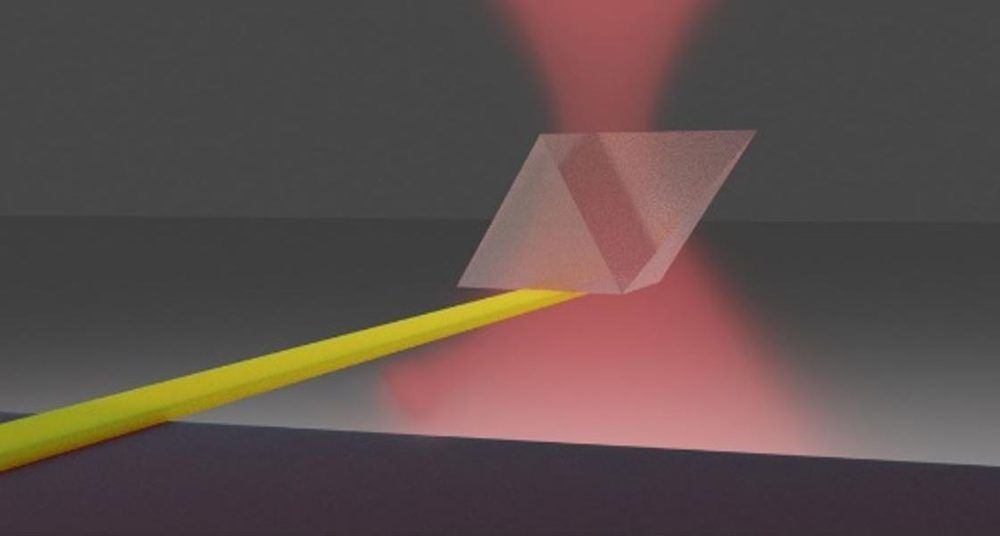
Solid-State Laser Refrigeration of Nanoscale Sensors Achieved – Could Revolutionize Bio-Imaging and Quantum Communication
To the general public, lasers heat objects. And generally, that would be correct.
But lasers also show promise to do quite the opposite — to cool materials. Lasers that can cool materials could revolutionize fields ranging from bio-imaging to quantum communication.
In 2015, University of Washington researchers announced that they can use a laser to cool water and other liquids below room temperature. Now that same team has used a similar approach to refrigerate something quite different: a solid semiconductor. As the team shows in a paper published today (June 23, 2020) in Nature Communications, they could use an infrared laser to cool the solid semiconductor by at least 20 degrees C, or 36 F, below room temperature.
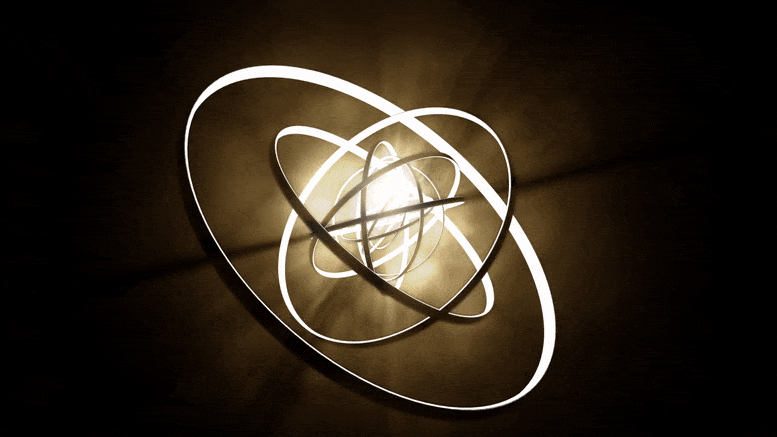
Speeding-Up Quantum Computing Using Giant Atomic Ions – 100 Million Times Larger Than Normal Atoms
Trapped Rydberg ions can be the next step towards scaling up quantum computers to sizes where they can be practically usable, a new study in Nature shows.
Different physical systems can be used to make a quantum computer. Trapped ions that form a crystal have led the research field for years, but when the system is scaled up to large ion crystals this method gets very slow. Complex arithmetic operations cannot be performed fast enough before the stored quantum information decays.
A Stockholm University research group may have solved this problem by using giant Rydberg ions, 100 million times larger than normal atoms or ions. These huge ions are highly interactive and, therefore, can exchange quantum information in less than a microsecond.